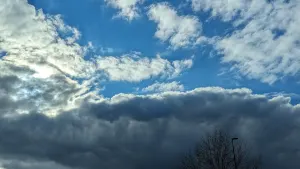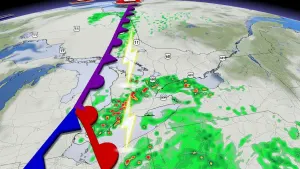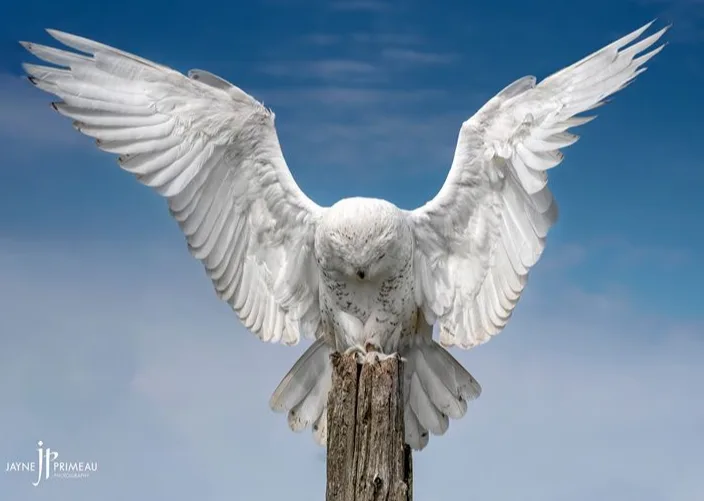
We asked a pro: Here's how to take better nature photos
We asked a pro to spill her secrets.
Anyone who's ever tried to take a good photo knows there's a lot of work that goes on behind the camera.
Having a basic understanding of lighting and shot composition can transform an everyday photograph into something spectacular, like this once-in-a-lifetime shot by Sarnia Photographic Club vice-president Jayne Primeau:
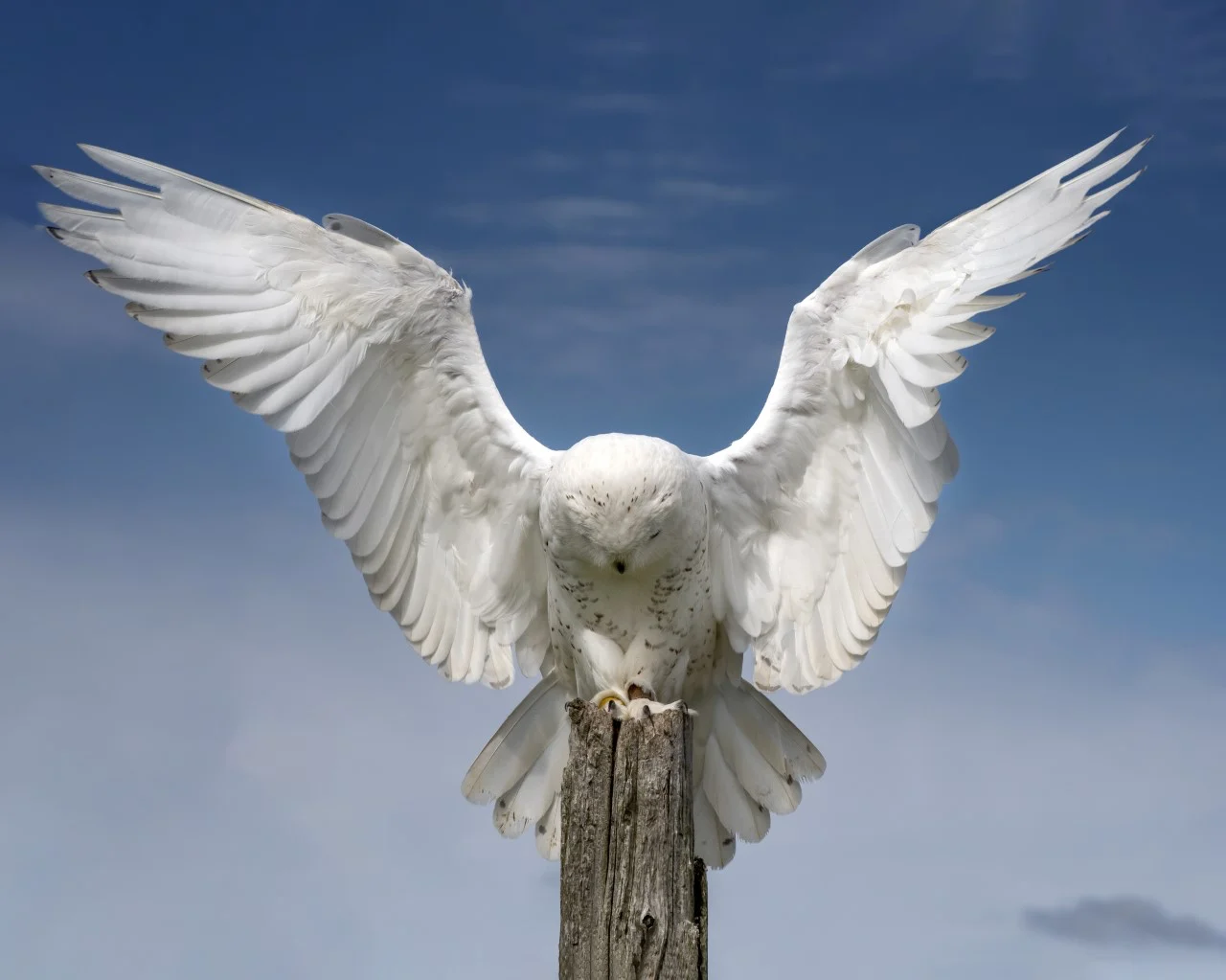
"This was taken at the Canadian Raptor Conservancy on May 11," Jayne tells The Weather Network. "Everyone who knows me knows snowy owls are my favourite bird ... so getting this shot was so exciting for me."
Primeau said she nabbed the shot during a three-hour session that she attended, armed with a Nikon D500 and a 70-300 mm zoom lens, and 11 other photographers.
"The weather cooperated that day so we all got some great shots."
HOW TO TAKE GREAT NATURE PHOTOS
Here are some tips to elevate your nature photos, courtesy of Jayne.
LANDSCAPE
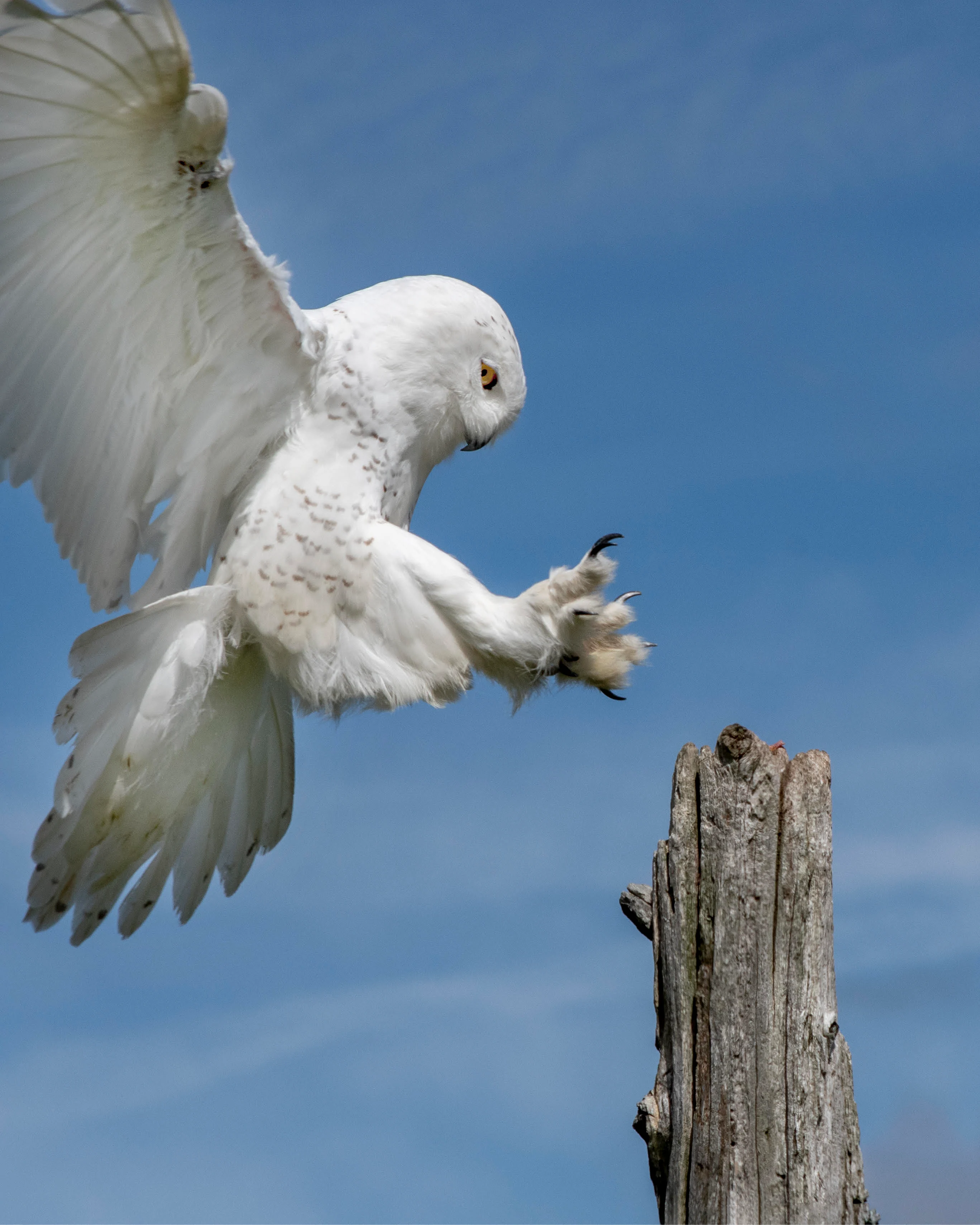
"When you're shooting a landscape, use a wide-angle lens and set the focus on 'infinity' so you have a great depth-of field," Jayne says, "and keep your horizon straight."
One of the biggest mistakes amateur photographers make is ignoring the horizon line.
"If it's not straight it just doesn't make for an appealing photo."
RULE OF THIRDS
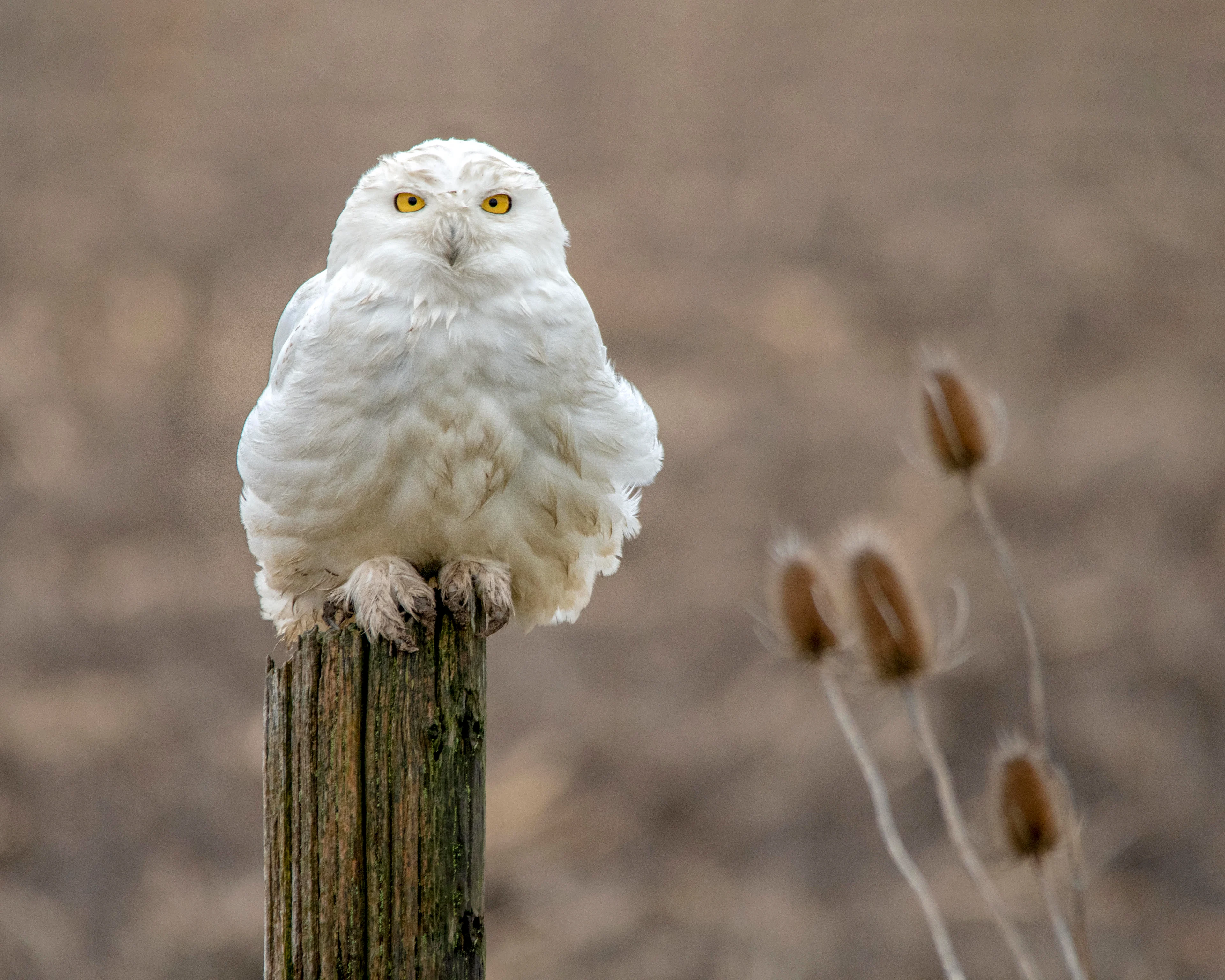
Jayne suggests composing your photo using the "rule of thirds".
"It's more pleasant to the eye if your subject is not dead centre of the photograph," Jayne says.
For those of you who are unfamiliar, the "rule of thirds" is a composition guideline that suggests breaking an image into horizontal and vertical thirds, so it has nine parts:
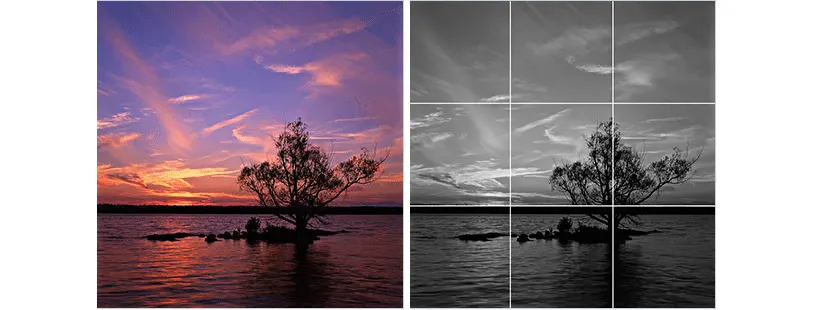
Courtesy: Moondigger/Wikipedia. CC By 2.5.
Experts say that aligning subjects along these lines create more interesting photos.
SHOOTING WILDLIFE
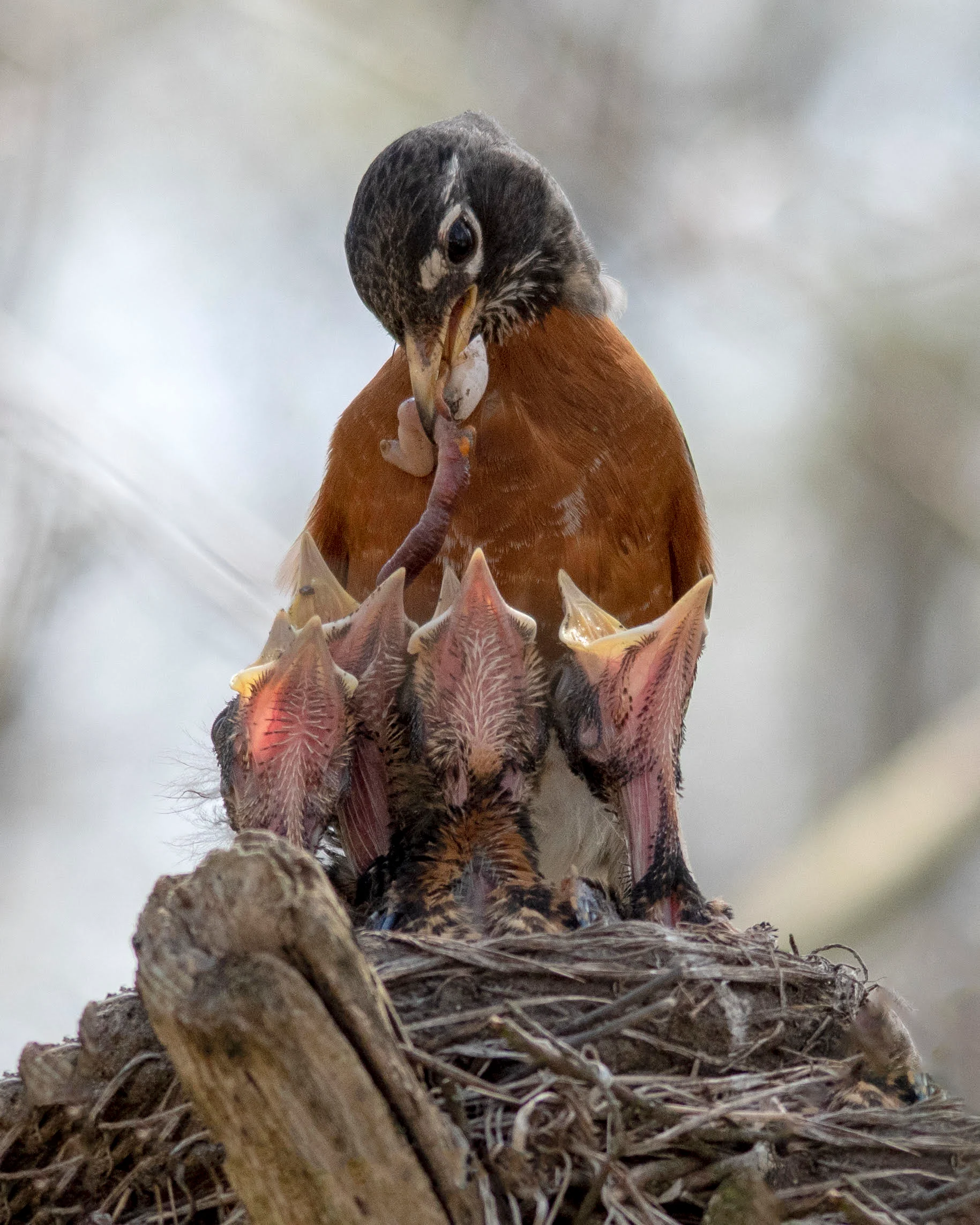
"Be patient. I find that waiting for some action makes for a more interesting image. Keep your shutter speed high to freeze any movement: I try to shoot birds in flight at shutter 1/2000 of a second or faster."
FIND THE LIGHT

Catchlight is a light source that causes a highlight in your subject's eye. Getting one in your photo isn't always possible, but if you can it helps bring dimension, depth and life to your subject.
YOU DON'T HAVE TO TRAVEL FAR
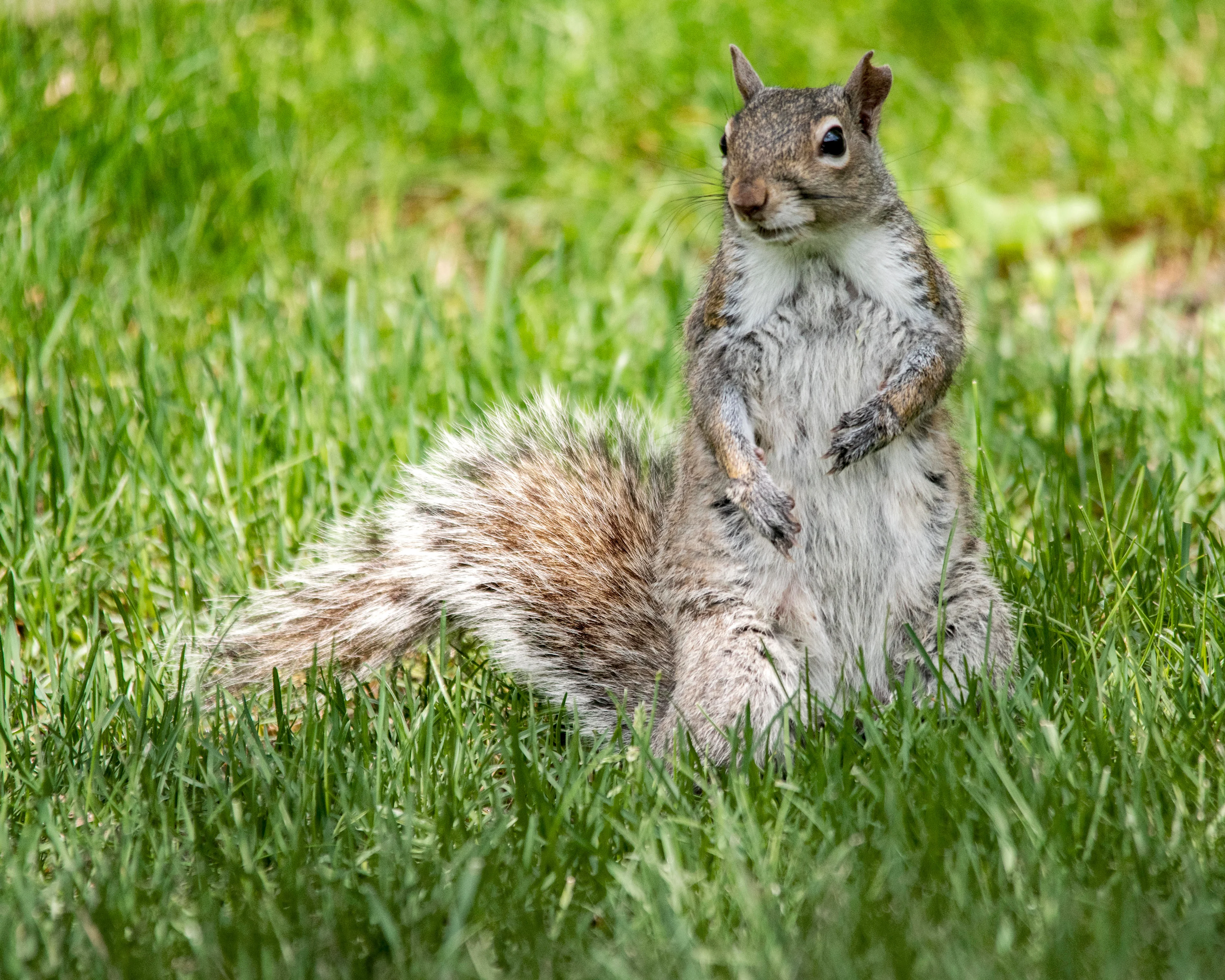
"Nature is all around us, sometimes even in our own backyard. Have fun with your camera and you'll be amazed at all the wonders around us."
BELOW: Tips on shooting the perfect sunset photo
Editor's note: This article was originally published in June 2019.







